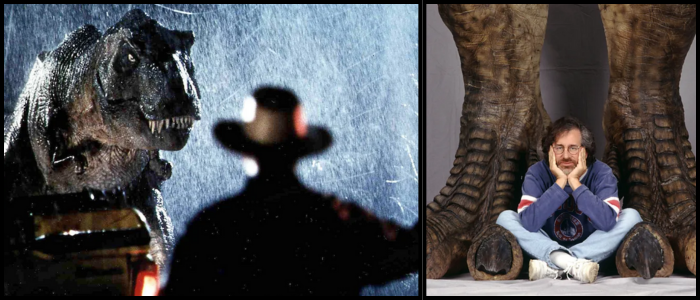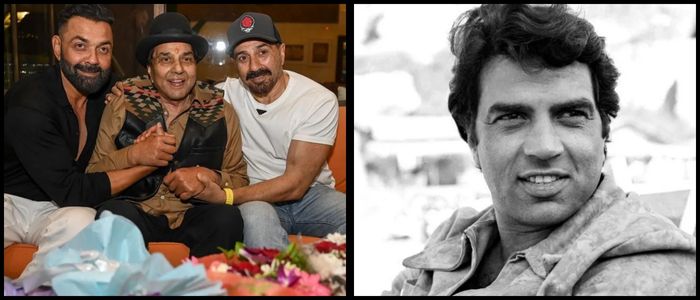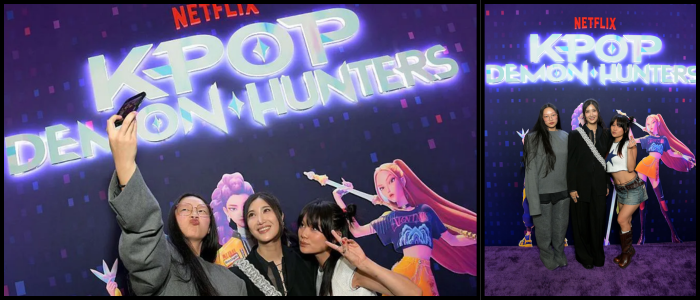The movie's most enduring sequence — two dumbfounded scientists face-to-face with a towering Brachiosaurus — encapsulated the awe and wonder that has been a part of the franchise ever since. Combined with John Williams's ecstatic score, it was a cultural touchstone that reset the bar for what visual effects could do in Hollywood.
From Museum Shows to Megahits
Michael Crichton said he was driven to write about dinosaurs because, despite the fact that two-year-olds love them, little was known. "You wouldn't think they'd be able to read these words, but they do," he said in a 1993 interview. He thought that our lasting fascination with dinosaurs was not only scientific but philosophical: "They've been wiped out, and might we be next?"
Ever since the big reveal of the Megalosaurus in 1824, dinosaurs have loomed in the popular imagination. Their representation in popular culture has changed — from the bulky versions displayed in 1854 at London's Crystal Palace Park to the lithe, bird-like hunters embodied in Jurassic Park. The film is credited with not only kindling an interest in dinosaurs but also reshaping how we thought about them.
Dinosaurs and the Big Screen
Dinosaurs had already been stomping around in film history before Spielberg. They appeared in the 1914 film Gertie the Dinosaur and starred in the 1925 film The Lost World and battled King Kong in 1933 again, all due to the stop-motion effects of Willis O'Brien. Animator Ray Harryhausen also helped mainstream dinosaurs in the movies with One Million Years B.C. (1966), even though it fudged history to allow humans and dinosaurs to coexist so they could duke it out.
But that all changed with Jurassic Park. Crichton's script, Spielberg's helming and cutting-edge FX from ILM and Stan Winston Studio combined to produce a dino movie unlike any other. The story — of resurrecting extinct species for profit — turned into a cautionary tale and a circus.
The result? The film grossed over $914 million worldwide, becoming the highest-grossing film at that time. It was hailed by critics as both a masterpiece of science fiction and a thriller. It was included in the U.S. National Film Registry in 2018 for its cultural significance.
A Franchise That Will Not Die
While none of the sequels matched the original's impact, they were all significant successes. Spielberg came back to direct The Lost World (1997), followed by Jurassic Park III (2001), and then a reboot by the name of Jurassic World (2015) gave way to a new ongoing series once again shattering box office records.
Yet dinosaurs continue to please crowds, tapping into the childlike awe Crichton and Spielberg nailed so well. And with Jurassic World Rebirth on the horizon, there's no denying the fact that Jurassic Park's legacy is far from going extinct.
Entertainment

Jurassic Park at 32: How Spielberg's Film Made Dinosaurs Cinema Icons

Cinema was never the same again on June 9, 1993 when Steven Spielberg's Jurassic Park hit theaters and introduced people to dinosaurs as they'd never been seen before. An adaptation of Michael Crichton's 1990 novel, the film mixed state-of-the-art computer-generated imagery and animatronics to create a universe where ancient reptiles once again roamed. More than three decades later, its legacy is still outsize, extending through sequels, video games, comic books and soon-to-come releases, such as Jurassic World Rebirth.















